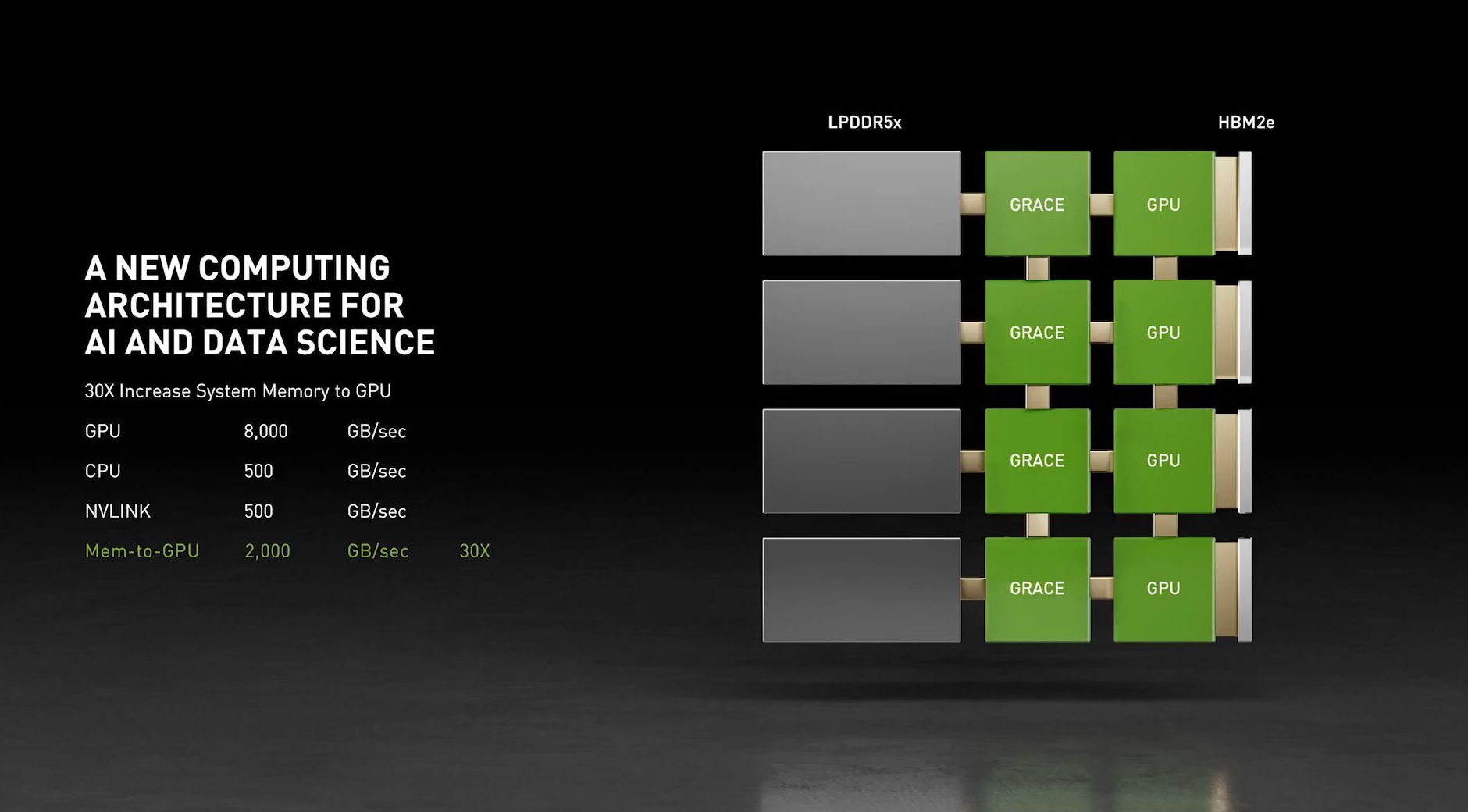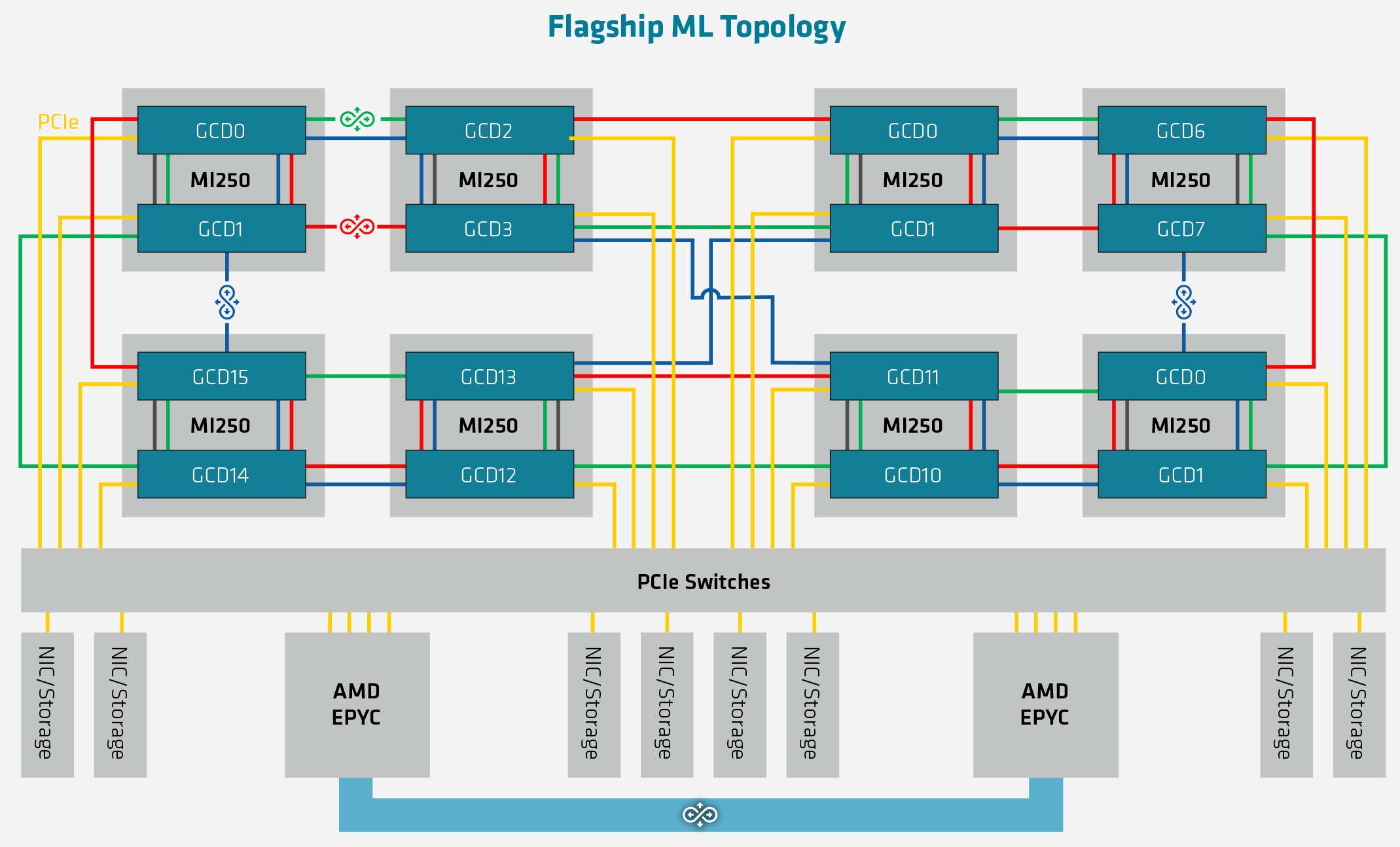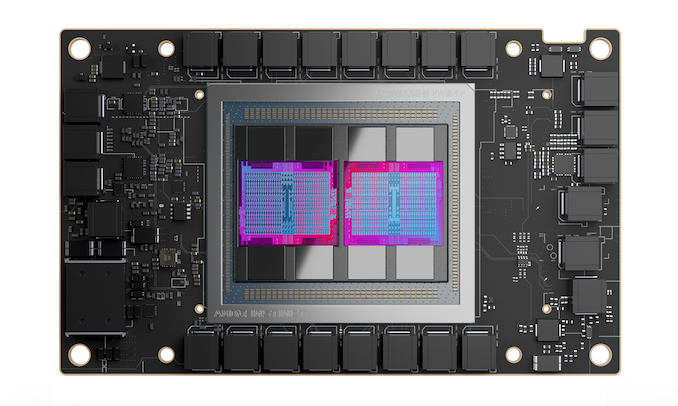Phoronix: There Is Another Debate Over An AI Accelerator Subsystem For Linux
With there recently being a number of new driver proposals for various AI-focused accelerators for the Linux kernel, currently they either go into "char/misc" as the random catch-all area of the kernel or within the Direct Rendering Manager (DRM) subsystem traditionally used for GPU drivers. There's been yet another discussion happening this week over introducing a formal "accelerator" subsystem in the kernel for the growing number of AI devices that may be seeking to provide open-source drivers...
With there recently being a number of new driver proposals for various AI-focused accelerators for the Linux kernel, currently they either go into "char/misc" as the random catch-all area of the kernel or within the Direct Rendering Manager (DRM) subsystem traditionally used for GPU drivers. There's been yet another discussion happening this week over introducing a formal "accelerator" subsystem in the kernel for the growing number of AI devices that may be seeking to provide open-source drivers...







Comment